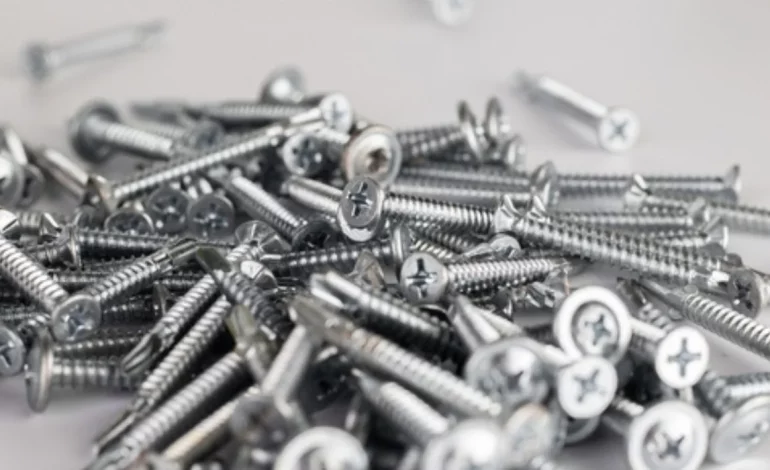
When you’re working on a DIY home improvement project, one of the first things you need to consider is whether you have the right tools and materials for the job. Failing to prepare is preparing to fail, and without the right tools, your project likely won’t be a success. One thing that is used in almost any type of DIY project is the humble screw. Screws are small but incredibly useful and versatile, used to hold two materials together with a lot of force.
You can find a huge assortment of screws that are used for different purposes. While they all have the same function, the specific design features mean they work in different ways. If you’re not sure which screw to use in your next home improvement project, you’ll find some more information below.
Types of Screws
While you might think that all screws are the same, there are lots of different types available. These different types of screws all have their own specific function that they’re used for, so it’s important to make sure you choose the right type for your project. Here are a few commonly used screws:
- Socket screws – Socket screws differ from regular screws in that they can be tightened and loosened using an Allen key. The main feature of these screws is the socket head.
- Machine screws – Machine screws are used with a tapped hole or interior nut thread. There are many different types of machine screws, with different head types that mean they can be used in different ways.
- Self-tapping screws – Self-tapping screws don’t need to be inserted into a pre-threaded hole. They can either be screwed into a pilot hole or directly into the material itself. The pointed tip is what sets these screws apart from other options.
- Hex bolts – Bolts are slightly different from screws in that they have a flat tip and are fixed into place using a nut. Hex bolts have a hexagonal head and either a full or partially threaded-length.
- U bolts – U bolts are highly specialised and shaped like the letter U. They’re commonly used in round surfaces or pipes where their shape allows them to be fixed into place securely.
Screw Size
The type of screw isn’t the only thing you should consider when thinking about which screw to use. It’s also important to look at the size. The size can refer to both the length of the screw as well as its thickness, and both have an impact on how it can be used.
If you’re looking to thread a screw into an existing hole, you’ll need a very specific size. However, if you’re using self-tapping screws, you’ll have a bit more leeway in the size you choose. Still, you’ll need to look at the length in comparison to the thickness of the material you’re screwing it into.
Of each screw type, there are hundreds of different sizes available, so you should have plenty of options. If you’re unsure about the size, you can take measurements, and the length should generally be around three times the thickness of the material. The size of the screw will have an impact on how much weight the joint can take, so it’s important to consider.
Alternative Options to Screws
While screws are undoubtedly one of the best ways to fasten two materials together, they’re not the only option. In some instances, an alternative may be required. For example, pegs and dowels are often preferred for some woodworking projects, as they’re less likely to damage the wood by applying too much torque. You could also use glue in some cases. While it doesn’t offer as much bonding strength, glue can be a fast and simple way to instantly fix two materials together.







